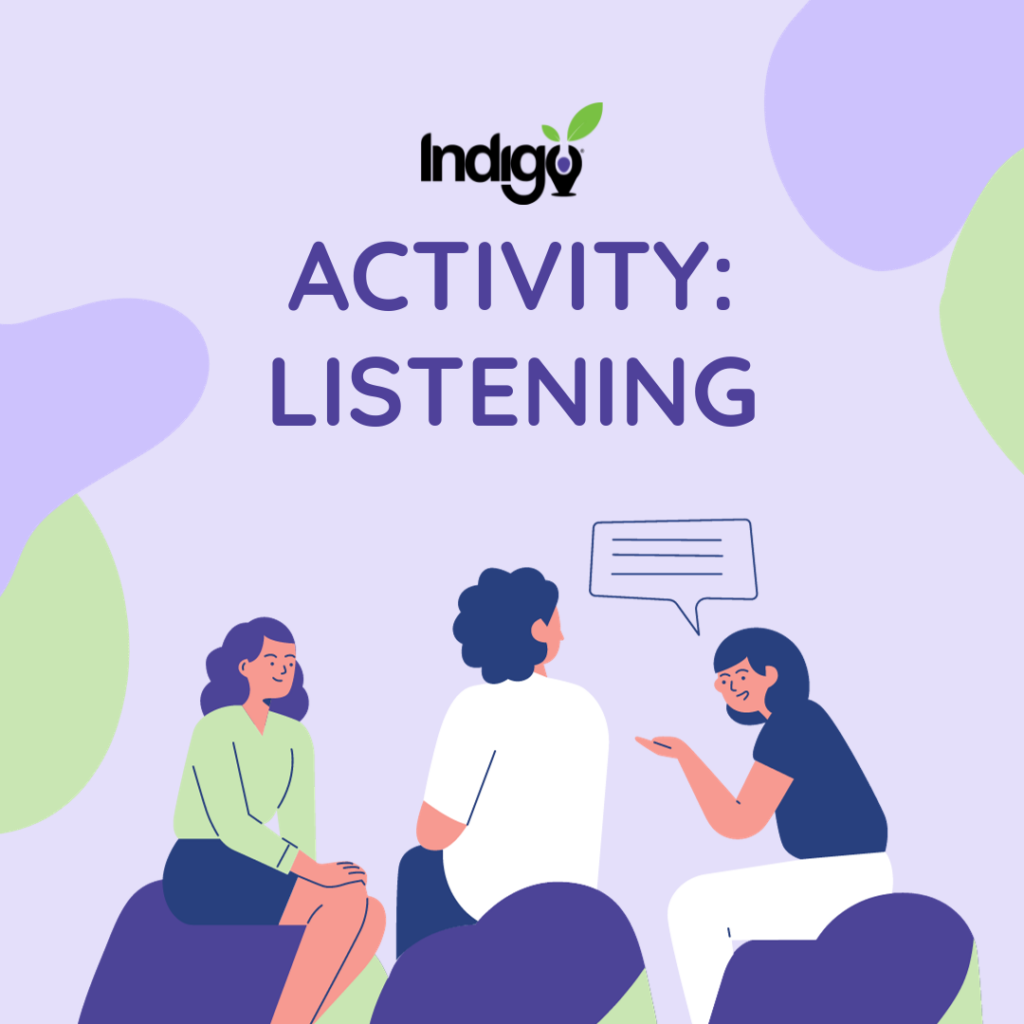Welcome to our latest blog post where the focus is on the transformative power of active listening in the realm of social-emotional learning (SEL). First let us talk about “Why is it important to listen?”
Listening is not just a passive activity but an active skill that plays a vital role in personal, professional, and social aspects of life. Listening is crucial for several reasons:
- Understanding: Effective listening allows you to comprehend information accurately, ensuring you grasp the nuances and details of a conversation or message.
- Communication: Good listeners contribute to better communication by receiving and interpreting messages correctly. This, in turn, fosters clear and meaningful dialogues.
- Relationship Building: Active listening strengthens relationships. When people feel heard and understood, it promotes trust and connection, whether in personal or professional interactions.
- Problem-Solving: Listening is essential for problem-solving. By understanding different perspectives and concerns, you can collaboratively work towards effective solutions.
- Conflict Resolution: In conflicts, attentive listening helps identify the root causes and enables empathetic responses, facilitating smoother conflict resolution.
- Learning: Listening is a fundamental aspect of learning. In educational settings or professional development, absorbing information through attentive listening enhances knowledge acquisition.
- Empathy: Being a good listener demonstrates empathy. It shows that you value others’ thoughts and feelings, contributing to a more compassionate and understanding community.
In this engaging session, students will not only understand the value and validation that active listening provides but will also get hands-on practice in delivering it to others.
The Goal
Students will learn the value and validation that active listening provides, and they will practice providing it to others.
RAMP (ASCA) Mindset & Behaviors addressed and developed:
Academic: Communication / Listening.
Career: Social Maturity / Appropriate Behavior; Open Perspective.
Social/Emotional: Building Positive Peer Relationships; Empathy; Collaboration.
Materials
- Chairs arranged in pairs facing each other
- Indigo Report
Step 1:
Divide students into pairs: one speaker, one listener. Facing each other in chairs, have the speaker talk for 30 seconds about any topic they choose.
Step 2:
The listener must try to summarize what the speaker told them. The speaker can (politely) correct them if they are wrong.
Step 3:
Repeat this exercise as many times as desired with new pairs. You can also have the listener ask a question about what they heard and summarize the answer.
Step 4:
Group debrief/retrospect on what was heard/learned.
Note: To challenge students, have them look at their partner’s Do’s: …How Other People Should Communicate with You section on their Indigo Report to understand the best way to communicate and listen with them.

